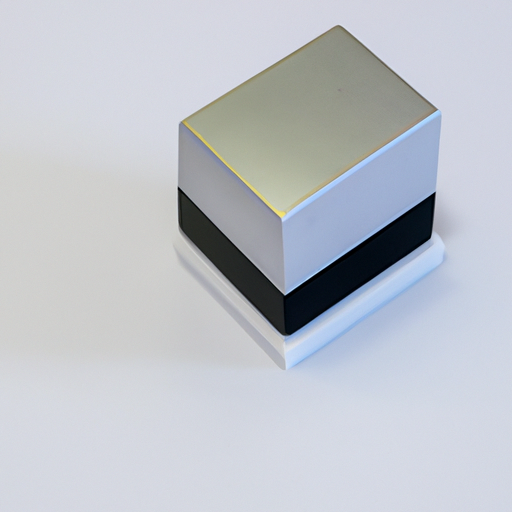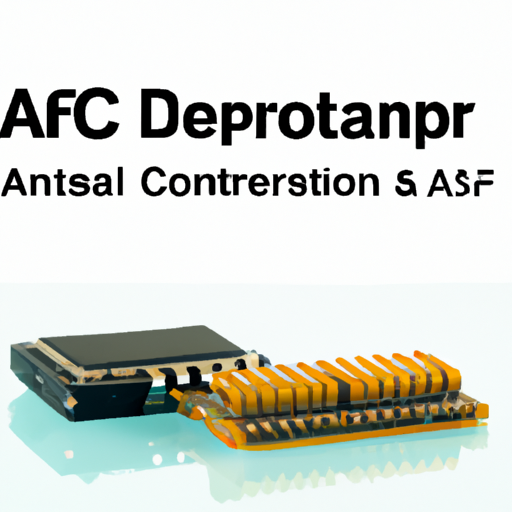1N4007-T Comparators highlighting the core functional technology articles and application development cases of Comparators that are effective.
System
Sep 09
1
Core Functional Technology of Comparators
| Inputs: Comparators typically have two input terminals: the inverting input (-) and the non-inverting input (+).Inputs: Comparators typically have two input terminals: the inverting input (-) and the non-inverting input (+). |
| Output: The output is a binary signal (high or low). If the voltage at the non-inverting input is greater than that at the inverting input, the output is high (often close to the supply voltage); otherwise, it is low (close to ground).Output: The output is a binary signal (high or low). If the voltage at the non-inverting input is greater than that at the inverting input, the output is high (often close to the supply voltage); otherwise, it is low (close to ground). |
| Open-Loop Comparators: These comparators provide a high gain and are used in applications requiring rapid state changes. They are sensitive to small differences in input voltage.Open-Loop Comparators: These comparators provide a high gain and are used in applications requiring rapid state changes. They are sensitive to small differences in input voltage. |
| Window Comparators: These compare an input voltage against two reference voltages, providing an output when the input is within a specified range, useful for applications requiring a defined operating window.Window Comparators: These compare an input voltage against two reference voltages, providing an output when the input is within a specified range, useful for applications requiring a defined operating window. |
| Hysteresis Comparators: These include feedback to introduce hysteresis, preventing rapid switching due to noise and providing stability in the output.Hysteresis Comparators: These include feedback to introduce hysteresis, preventing rapid switching due to noise and providing stability in the output. |
| Input Offset Voltage: The minimum voltage difference required between the inputs to produce a zero output, critical for precision applications.Input Offset Voltage: The minimum voltage difference required between the inputs to produce a zero output, critical for precision applications. |
| Supply Voltage Range: The range of voltages that can be supplied to the comparator, affecting its operational limits.Supply Voltage Range: The range of voltages that can be supplied to the comparator, affecting its operational limits. |
| Propagation Delay: The time taken for the output to respond to a change in input, important in high-speed applications.Propagation Delay: The time taken for the output to respond to a change in input, important in high-speed applications. |
| Output Drive Capability: The ability of the comparator to drive loads, which is essential for interfacing with other components in a circuit.Output Drive Capability: The ability of the comparator to drive loads, which is essential for interfacing with other components in a circuit. |
Application Development Cases
Conclusion
Comparators are versatile and essential components in modern electronic design, used across a wide range of applications from simple voltage level detection to complex signal processing systems. Their ability to provide fast and reliable comparisons makes them invaluable in various engineering projects. Understanding their core technology and application cases allows engineers to effectively implement comparators in diverse applications, enhancing functionality and performance in electronic systems.








